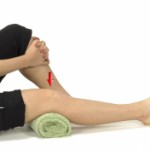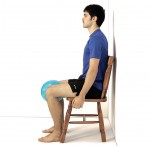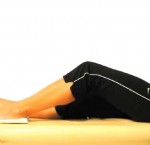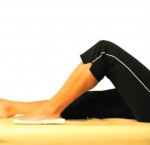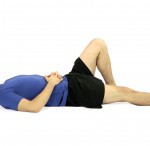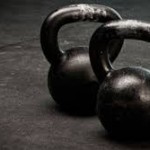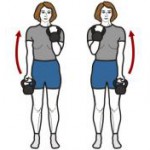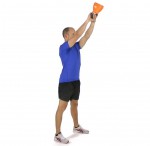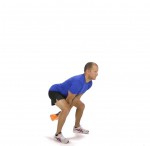These days, it seems as though everyone is too busy to exercise. Life gets in the way with work, school, kids, and so many other things. When one finally does find the time to exercise, it can be hard to find the motivation. Maybe if we all knew a little more about just how beneficial exercise is for our bodies and minds, we would add fitness to our list of priorities.
Here are a few benefits of exercise listed by the Centers for Disease Control and Prevention (CDC):
• Weight control
• Reduce risk of cardiovascular disease
• Reduce risk for type 2 diabetes
• Reduce risk of some cancers
• Strengthen bones and muscles
• Improve your mental health and elevate mood
• Longevity
In contrast, inactivity can be detrimental to your health and have the opposite effects of exercise benefits. The American College of Sports Medicine (ACSM) recommends 30-60 minutes of moderate-intensity exercise five days a week, OR 20-60 minutes of vigorous-intensity exercise three days per week for adults. On a scale of 1-10, 10 being the most difficult, moderate exercise should be around 5-6 on the scale, and vigorous intensity should be around 7-8. For more detailed information on exercise recommendations, visit http://www.acsm.org.
Hopefully the benefits of exercise will be enough to get us motivated to be physically active on a regular basis. So, when faced with the decision to exercise or not to exercise, remind yourself that:
1. Exercising today will help me feel better both mentally and physically
2. Exercising today will get me one step closer to my health and fitness goals
3. I will begin to reduce my risk for serious diseases when I make exercise a part of my lifestyle
4. I will become stronger, body and mind
5. I will feel better about myself when I choose to exercise on a regular basis
6. I will be better for myself and for my family
Sources: Centers for Disease Control and Prevention
American College of Sports Medicine
Hannah Miller
Blogistics
